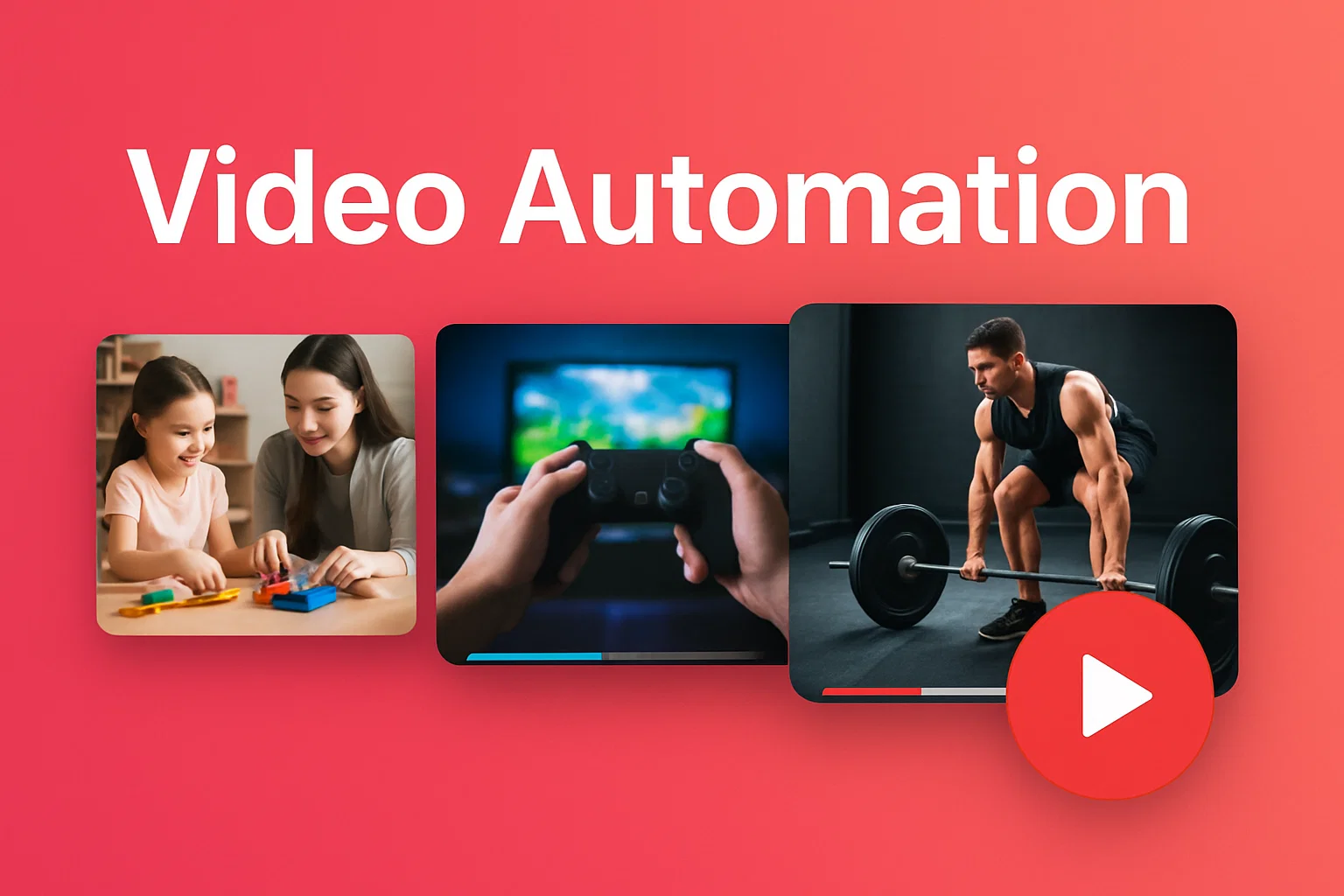
How AI Video Automation Helps You Scale Content Without Scaling Headcount: A Playbook for Sports Tech Teams
2025-07-18
In today’s fast-paced sports media landscape, content is king—but producing that content at scale can be overwhelming. Mid-sized tech teams face a common dilemma: skyrocketing demand for high-quality video content across platforms, but limited resources to meet it. The question is: how do you scale video output without scaling your headcount?
The answer lies in AI-powered video automation.
The Scaling Challenge in Sports Tech
As audiences grow and diversify, so does the need for tailored, timely content. Fans now expect highlight clips during games, post-match recaps, player-specific reels, and personalized short-form videos across platforms like YouTube, Instagram, TikTok, and proprietary apps.
But traditional workflows require significant manpower:
- Editors for cutdowns
- Designers for templates and graphics
- QA teams for formatting and publishing
This manual model simply doesn’t scale when content must be repurposed for dozens of formats and platforms in real time.
Enter AI Video Automation
AI video automation eliminates the bottlenecks of traditional production. With the right tools, your team can generate professional-grade videos automatically—from a single source file.
"One Upload, Many Outputs"
This approach means that once your team uploads a full game or raw footage, the system can:
- Detect key moments (e.g., goals, fouls, interviews)
- Clip and label these moments for easy repurposing
- Auto-generate cutdown videos, resized for different platforms
- Add graphics, transitions, and branding through templates
- Subtitle or dub in multiple languages
This "upload once, publish everywhere" model turns your CMS or DAM into a scalable content engine.
Learn more about how AI-powered cutdowns work.
Practical Use Cases for Mid-Sized Teams
1. Automated Highlight Reels:AI detects and compiles game highlights, saving editors hours of manual scrubbing.
2. Multi-Platform Formatting:With built-in aspect ratio resizing (e.g., 16:9 for YouTube, 9:16 for TikTok), videos are ready to publish instantly.
3. CMS Integration:AI-tagged metadata allows content to be searchable, sortable, and automatically categorized within your CMS.
4. Syndication-Ready Packages:Automatically create output formats for press, sponsors, and partner channels.
5. Personalized Video Experiences:Segment audiences by region or fandom and serve tailored clips, enhancing loyalty and retention.
Explore how AI personalization builds fan communities.
Cost-Efficiency and Team Impact
Instead of hiring five new editors, sports tech teams can empower their existing staff to operate with AI assistance. This results in:
- Faster turnaround times
- Lower production costs
- Increased output without burnout
- More creative bandwidth for strategic initiatives
It’s not about replacing people—it’s about amplifying their impact.
AI as Your Teammate
AI isn’t a luxury anymore—it’s a necessity for sports content teams who want to stay competitive. Whether you’re publishing to fans, syndicating to partners, or building your brand, AI video automation helps you do it better, faster, and smarter.
Ready to see what BlendVision can do for your team?
LET'S TALK!
Interested in a demo, free trial, or pricing? Fill out the form, and one of our consultants will get in touch to assist you.
Related Articles

What Are the Goals of Knowledge Management? Why Businesses Shouldn't Ignore Its Strategic Value
In today’s fast-paced and information-driven business landscape, companies that fail to manage their knowledge assets risk inefficiency, duplicated work, and missed opportunities. This is why knowledge management (KM) has become a strategic necessity for future-ready organizations. In this article, we’ll explore the purpose and goals of knowledge management, how it turns knowledge into organizational assets, and the key benefits it brings. We’ll also introduce how AI-powered platforms like BlendVision AiM help companies build scalable, intelligent knowledge management systems.

BroadcastAsia 2025: Navigating the Cloud-Driven Future of Broadcast Media
Explore the key trends and technologies at BroadcastAsia 2025, including cloud-based streaming, AI-driven content creation, and innovative monetization strategies shaping the future of broadcasting.

How Live Streaming is Revolutionizing Car and Real Estate Sales: The Next Big Thing in B2B SaaS Solutions
Discover how enterprises are leveraging live streaming to significantly boost engagement and sales in automotive and real estate markets with BlendVision’s cutting-edge SaaS solutions.

